The Malaysia Automotive Institute (MAI) has revealed more on what to expect from the upcoming revision of the National Automotive Policy (NAP 2014), at the ongoing Seminar Automotif Negara (SAN 2013) being held in the Sunway Convention Centre. The revised NAP is due to be announced in mid-January.
As a recap, NAP 2014 is set to “enhance competitiveness of the Malaysian automotive industry through resolution of structural issues, which will lead towards promoting Malaysia as a regional hub for Energy Efficient Vehicles (EEV) with high technology uptake among industry players for domestic and regional as well as international exports.”
The EEV policy will take into account the energy efficiency of the entire industry ecosystem, including manufacturing methods. It will not be limited to any particular technology (such as hybrid or electric vehicles), but will focus on just the outcome.
This means that vehicles with highly-efficient internal combustion engines will have the potential to be classified as EEVs as well. We learnt through a session with the MAI back in June that a vehicle would be classified as an EEV if it meets or performs better than a set fuel consumption figure for its kerb weight, regardless of its engine size, but there has been no mention of this since.
Additionally, the previous MAI session revealed that manufacturing licenses and incentives would be given for EEV production and investment in a bid to encourage local assembly of such vehicles.
On a larger scale, NAP 2014 aims to be a stepping stone to establish Malaysia as the ASEAN EEV hub by 2020, when MAI projects the country’s Total Industry Volume (TIV) to hit one million units (representing a six percent year-on-year jump). On top of that, 87,500 job opportunities are expected to be created from this growth.
Some of the issues and challenges faced include a relatively small scale and volume (and therefore a higher unit cost), a market that’s not export-driven, a lack of cutting-edge technology, know-how and coordination, plus a heavy CBU focus that does not promote localisation of vehicle components.
Still, MAI CEO Madani Sahari believes Malaysia’s EEV policy will be “better” than Indonesia’s Low-Cost Green Car (LCGC) and Thailand’s Eco Car programmes. “We are covering the whole value chain and the entire ecosystem,” he said. “It doesn’t matter what technologies are being used; what matters is the outcome.” Until January then, when the details emerge and the permutations are explained.
Looking to sell your car? Sell it with Carro.

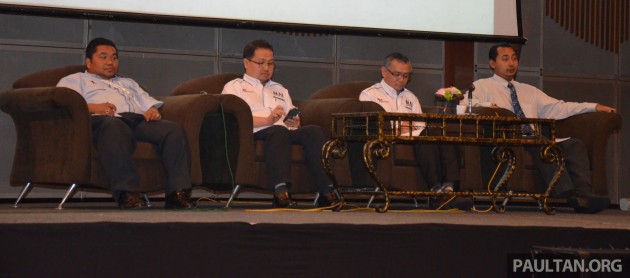
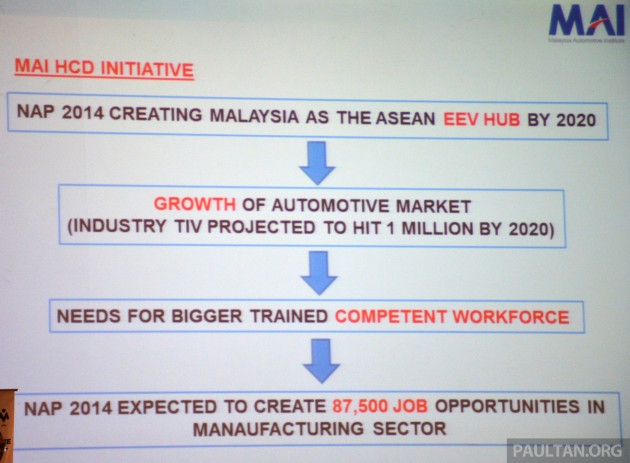

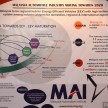
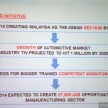
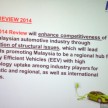
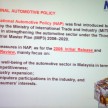
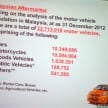
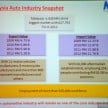
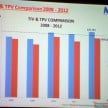
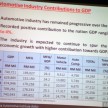
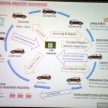

AI-generated Summary ✨
The comments primarily express skepticism and disappointment regarding Malaysia's EEV policy and automotive strategies, highlighting concerns about delayed implementation, high car prices, and ineffective incentives. Many critics argue that genuine environmental benefits are overshadowed by protectionism, cronyism, and the continuation of the AP system, which they believe keeps car prices artificially high. There is skepticism about Malaysia's ability to compete regionally, with many feeling the policies are more about protecting local car companies and cronies rather than benefiting consumers or the environment. Concerns about outdated or inadequate technology, enforcement issues, and the lack of real progress or tangible benefits are prevalent. Overall, sentiments lean toward distrust and frustration about government efforts to promote eco-friendly vehicles and local industry growth, with many seeing the policies as superficial or self-serving.